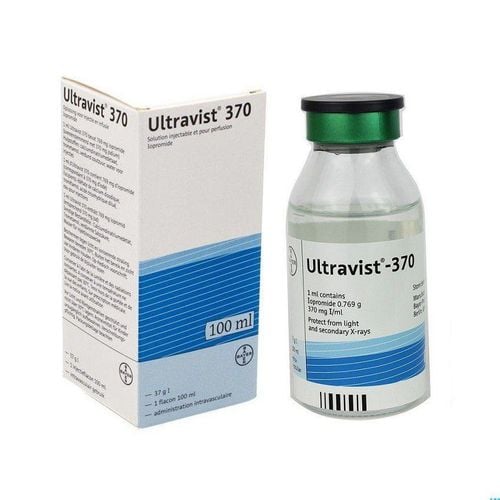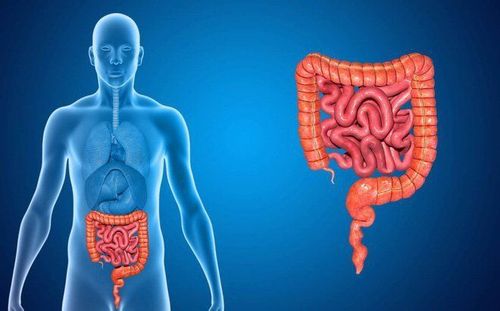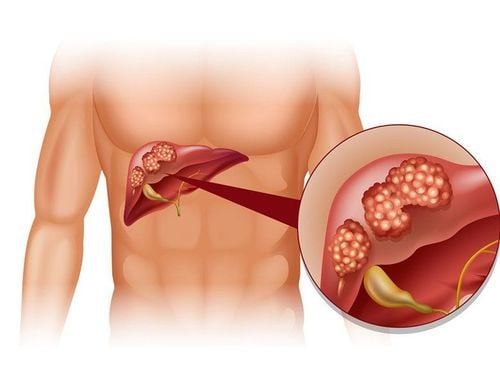This is an automatically translated article.
The article is professionally consulted by Master, Doctor Le Hong Chien - Radiologist - Department of Diagnostic Imaging and Nuclear Medicine - Vinmec Times City International Hospital. The doctor has many years of experience working in the field of diagnostic imaging and interventional radiology.Sciatica is a nerve syndrome that begins at the end of the spine and runs through the hips and buttocks all the way to the toes. The diagnosis of sciatica should be based on a physical examination along with diagnostic imaging tests.
1. Sciatic nerve pain
Sciatica is a neurological syndrome characterized by radiating pain along the path of the sciatic nerve. Start from the lower back through the hips, buttocks and down to the toes. This condition usually occurs on only one side of the body, and is accompanied by symptoms that include:Numbness, itching or muscle weakness in the feet, legs Pain that increases with movement, even loss of mobility . Poor or lost bladder and bowel control The cause of sciatica is usually a herniated disc in the spine or an overgrowth of bone spurs on the vertebrae. In addition, some cases may be caused by compression by the tumor or by other diseases such as diabetes mellitus. In addition, the risk factors that increase the likelihood of sciatica such as:
Age: changes in the spine over time, common in the elderly such as herniated disc disease and spina bifida. Obesity: Being overweight or obese often puts extra pressure on the spine and contributes to sciatic nerve irritation. Occupation: Those who often have to carry heavy objects, rotate a lot or drive long distances will have a high risk of sciatica. Sitting for a long time: People who sit for long periods of time and are sedentary are more likely to suffer from sciatica than those who are often active.

2. Diagnosis of sciatic nerve pain
To diagnose sciatica, your doctor needs to check your reflexes and muscle tone. The patient will be asked to perform movements such as getting up from a squatting position, walking on tiptoes, and lifting both legs at the same time while lying on their back. When performing these movements, the sciatic nerve pain will increase.Besides, imaging tests are essential to detect and evaluate herniated discs and spine spines. Paraclinical testing by imaging has many advantages such as painlessness, low cost, easy implementation and accurate results. Several imaging tests can be used in the diagnosis of sciatica such as:
X-ray : the basic method for evaluating lumbar spine disease affecting the sciatic nerve: spine Degenerative bones, vertebrae slip or collapse... CT scan: Good assessment of lumbar spine bone injuries, vertebrae slip or collapse, bone spurs, joint nodules hypertrophy, bulging and herniated discs... affect the sciatic nerve. MRI: Magnetic resonance imaging (MRI) is a high-tech technique that creates detailed images of bones and soft tissues, from which a disc herniation is occurring. Electromyography (EMG): This test helps to determine if the cause is a herniated disc or spinal stenosis causing nerve pain.
3. Prevention of sciatica
Sciatica can recur many times after treatment. Therefore, prevention is very important to protect and limit pain by:Regular exercise appropriate for age, medical condition Maintain correct posture when standing, sitting and working Practice Perform stretching exercises: help stretch the back muscles, reduce compression of the sciatic nerve. When performing the exercise, stretch and hold the position for at least 30 seconds, avoiding twists or sudden movements. In a nutshell, sciatica is a nerve syndrome that begins at the end of the spine and runs through the hips and buttocks all the way to the toes. The diagnosis of sciatica should be made with a combination of physical examination and imaging tests. Therefore, when seeing the signs of sciatica pain, it is necessary to visit a medical facility for examination and accurate diagnosis measures.

A system of modern and advanced medical equipment, possessing many of the best machines in the world, helping to detect many difficult and dangerous diseases in a short time, supporting the diagnosis and treatment of doctors the most effective. The hospital space is designed according to 5-star hotel standards, giving patients comfort, friendliness and peace of mind.
Please dial HOTLINE for more information or register for an appointment HERE. Download MyVinmec app to make appointments faster and to manage your bookings easily.














